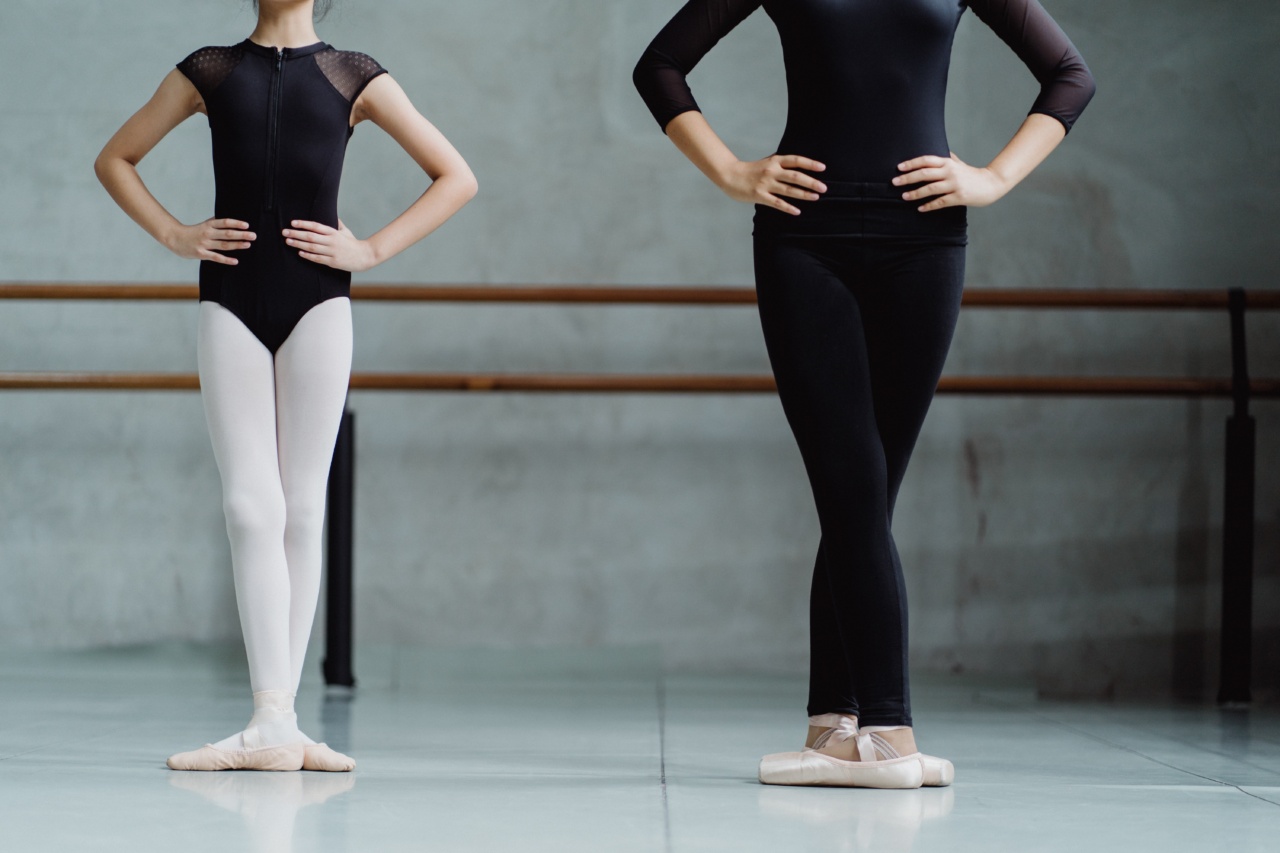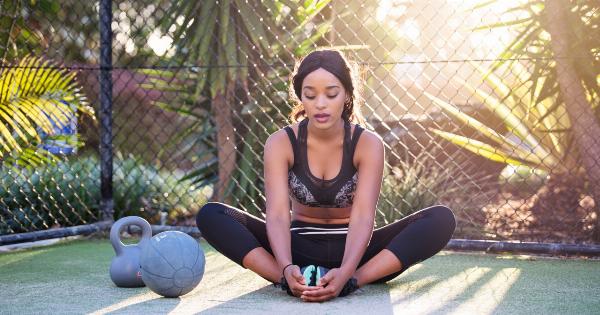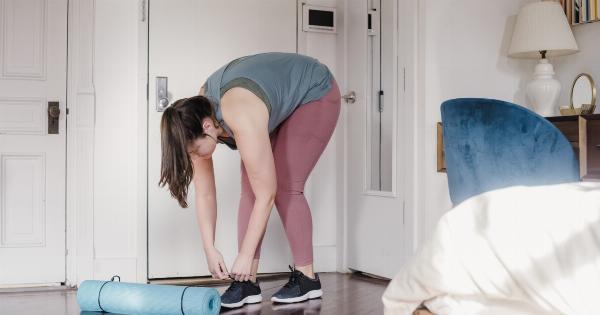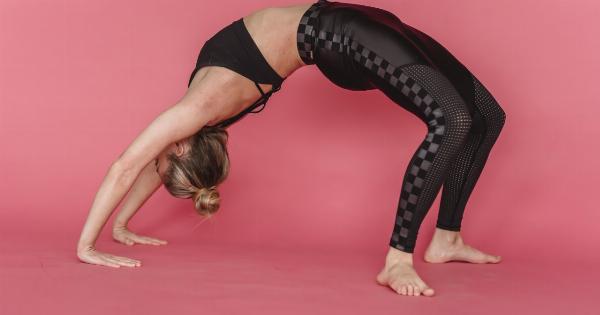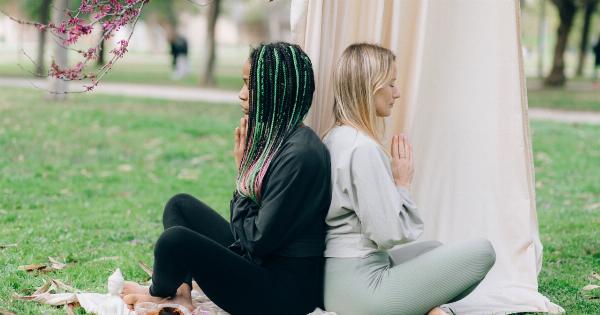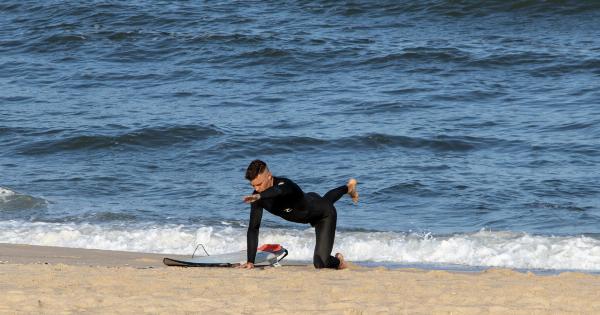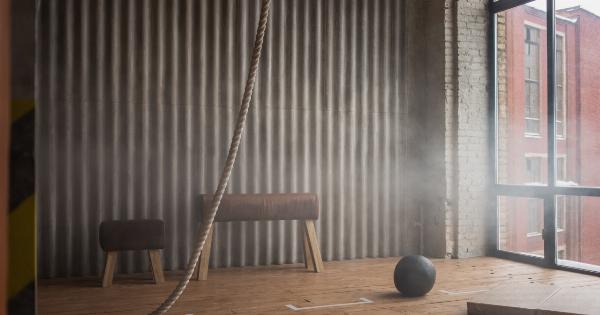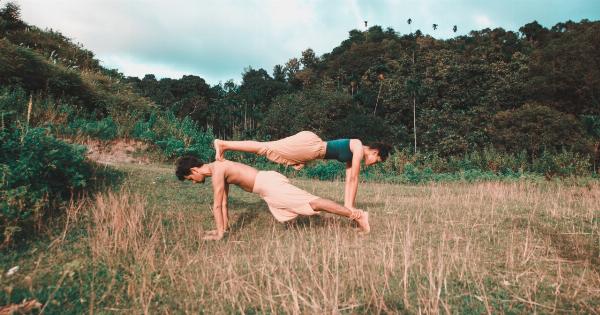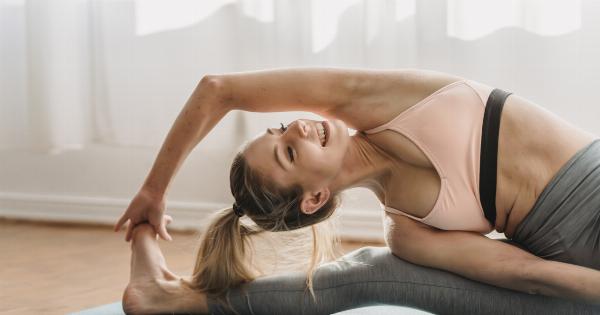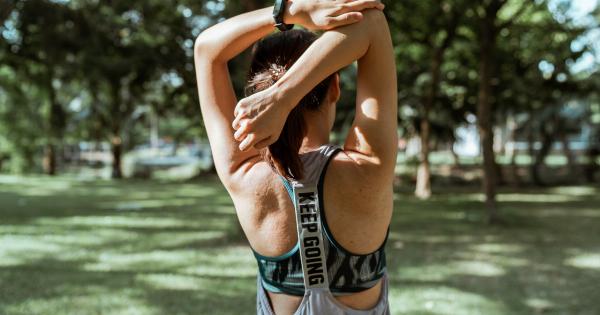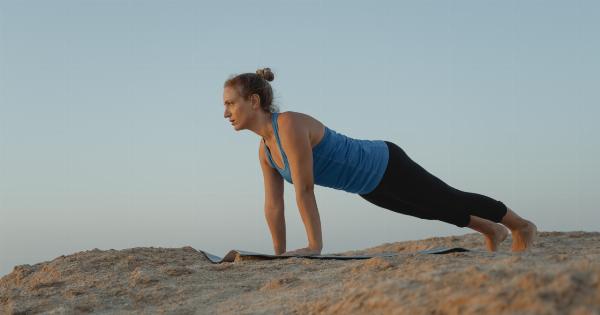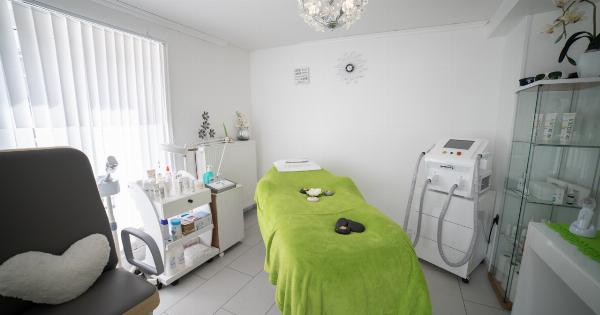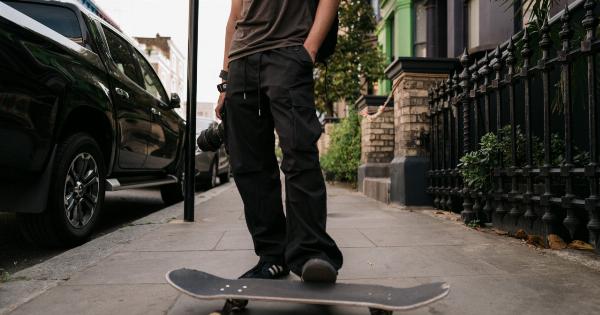Yoga is a practice that has long been used to promote physical, mental, and spiritual health. It involves a series of stretches and body positions, along with breathing exercises and meditation techniques.
Many people have found that practicing yoga helps them reduce stress, increase flexibility, and find greater balance in their lives. If you’re new to yoga, it can be intimidating to try out all the different poses that are available. However, there are several easy beginner poses that you can try out that will help you get started. Here are six of our favorites:.
Mountain Pose (Tadasana)
Mountain pose is a great way to start any yoga practice. It’s a simple standing pose that helps you connect with your breath and your body. To practice mountain pose, stand with your feet hip-width apart, rooting them firmly into the ground.
Keep your shoulders relaxed and your arms at your sides, with your palms facing forward. Take a deep breath in and feel your body elongate, reaching up through the crown of your head. Exhale and let your body relax, keeping your spine long and your shoulders soft.
Downward-Facing Dog (Adho Mukha Svanasana)
Downward-facing dog is another foundational yoga pose that works to stretch your muscles and improve circulation. To practice it, start on your hands and knees, with your wrists directly under your shoulders and your knees under your hips.
Press your hands into the ground and lift your hips up and back, straightening your arms and legs. Let your head hang down and feel the stretch in your spine, shoulders, hamstrings, and calves. Take several deep breaths in this pose, feeling your body relax and your stress melt away.
Warrior I (Virabhadrasana I)
Warrior I is a more challenging yoga pose that can help you build strength and stamina. To practice it, start in mountain pose and step back with your left foot, turning it out at a 45-degree angle.
Keep your front foot pointed straight ahead and bend your front knee until it’s directly over your ankle. Reach your arms up overhead and gaze up toward your hands, holding the pose for several deep breaths. Feel your body ground down through your feet and your energy lift up through your chest and arms.
Tree Pose (Vrikshasana)
Tree pose is a fun balancing pose that helps you develop focus and stability. To practice it, stand in mountain pose and shift your weight to your left foot. Place your right foot against your left thigh, with your toes pointing down toward the ground.
Bring your hands to your heart center and take several deep breaths, feeling your body rooted and stable. If you want to challenge yourself further, try lifting your hands overhead or closing your eyes while you hold the pose.
Child’s Pose (Balasana)
Child’s pose is a restful pose that can be practiced anytime you need a break from more challenging poses. To practice it, start on your hands and knees and sit back onto your heels. Reach your arms forward and let your forehead rest on the ground.
Take several deep breaths in this pose, feeling your body unwind and release tension.
Cobra Pose (Bhujangasana)
Cobra pose is a gentle backbend that helps you stretch your spine and open your chest. To practice it, lie on your stomach with your hands under your shoulders.
Pressing into your hands, lift your chest off the ground and keep your elbows close to your sides. Take several deep breaths in this pose, feeling your body lengthen and lift.
Conclusion
Yoga is a wonderful practice that can help you connect with your body, mind, and spirit. These six beginner poses are a great way to get started on a yoga journey.
With regular practice and dedication, you’ll find that yoga can transform your life in many positive ways.
